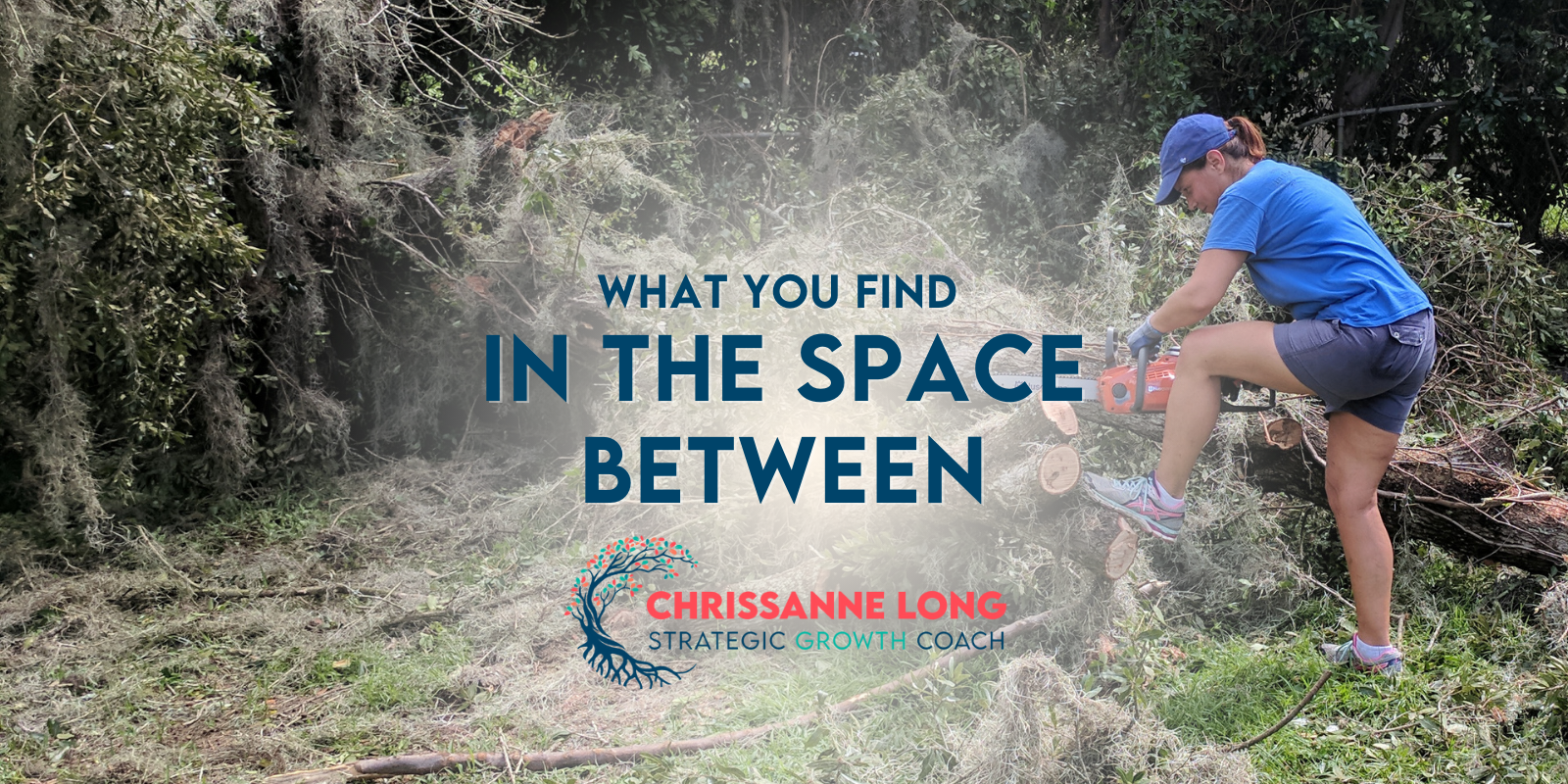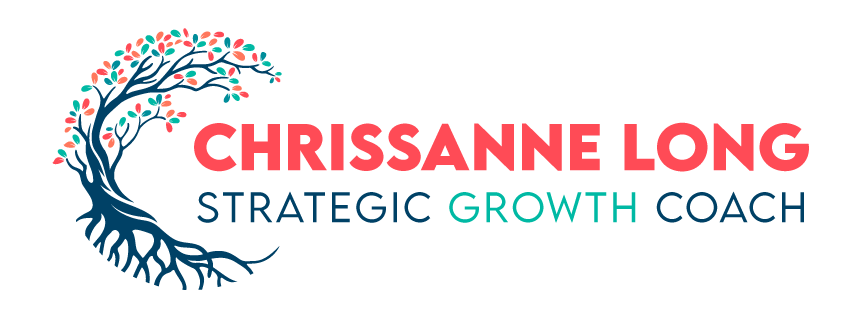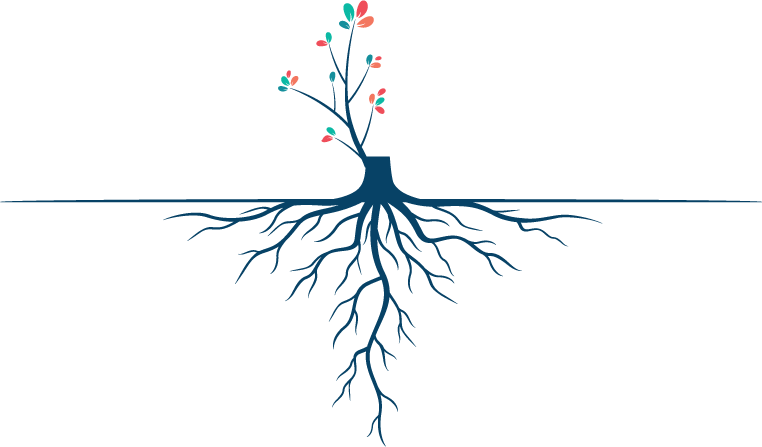
We tend to think about the world the way it is reported — in the extreme edges. But this leaves out much of the story. This is the “Broad Brush.” In times after disasters, we forget about how much we can do, in between the edges.
When you look between the extremes, you find what really powers the world — the place where agencies that are created and funded to serve those in extreme need leave off, and where everything else comes together to fill the gaps.
These are the stories mainstream media miss because they are so focused on the edges. Telling the extreme stories. (And, sometimes making stories seem extreme).
In between these extremes, everything else exists.
What actually happens, in between the stories of horrific floods, gaping holes, and destruction?
People take care of themselves and then, they take care of their neighbors. We share the load, and we come together to help make everything better.
Yes, sometimes, we are on the edges, but most of the time, we’re in the space between, getting things figured out, while those that really need help are being taken care of.
The space between is filled with capable, caring people — who fly under the radar and make it possible for those needing the care to receive it. This is the space where neighbors work to clear debris from the street, to make it possible for everyone to return home after the storm has subsided. It’s the space where families and friends come together to “make it through.” There’s no light needed to shine on the space between — this is the space that just is.
And, when you think about it, this is the space the makes our communities the strongest. It’s the space where resilient, self-sufficient, and caring people live. It’s where you find kindness, patience, and love.
The space between is where we thrive, even when no one is looking.







